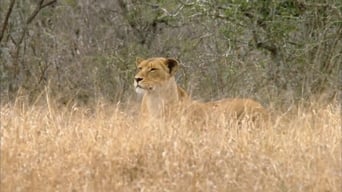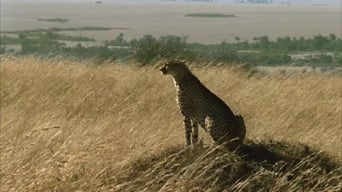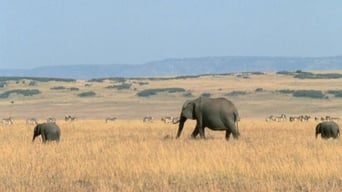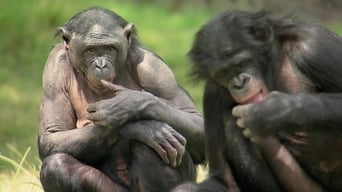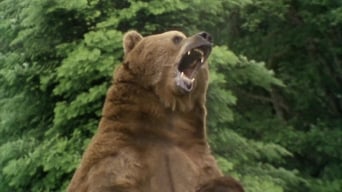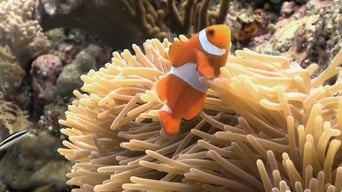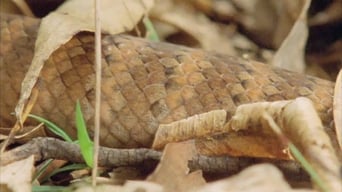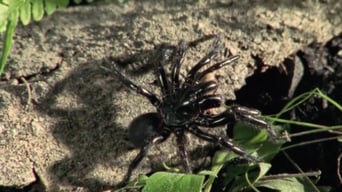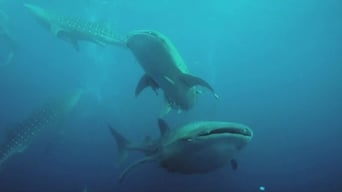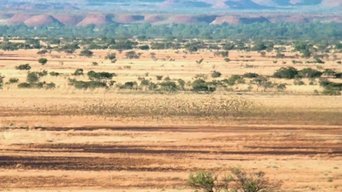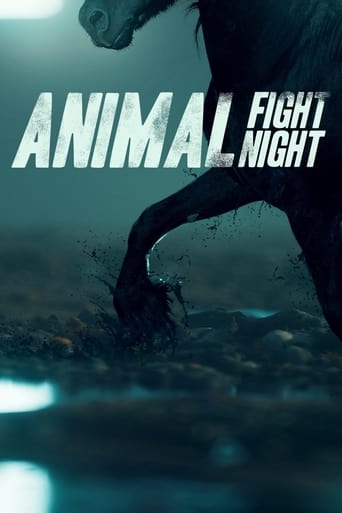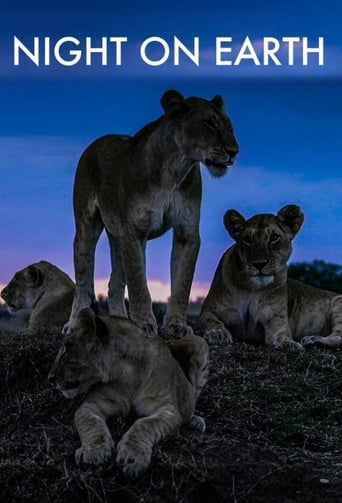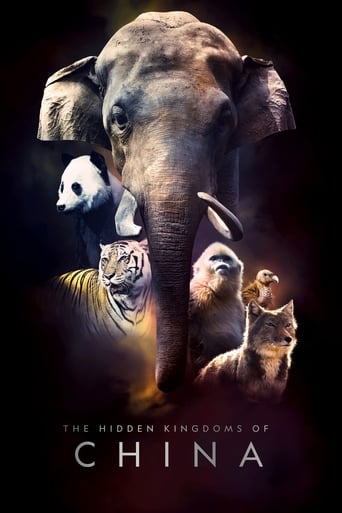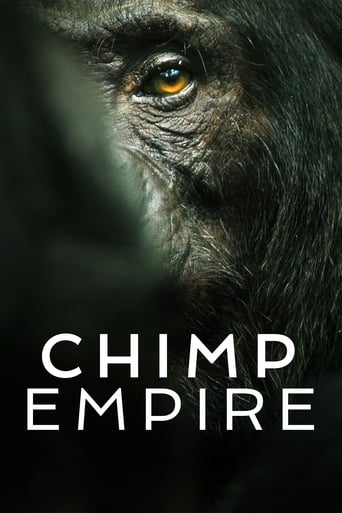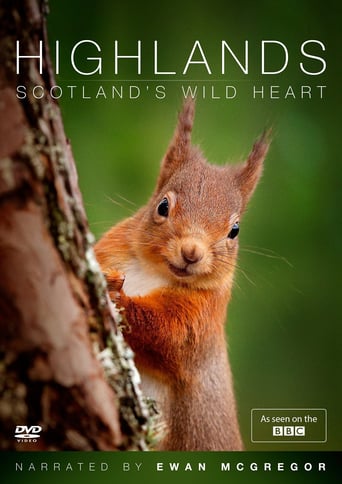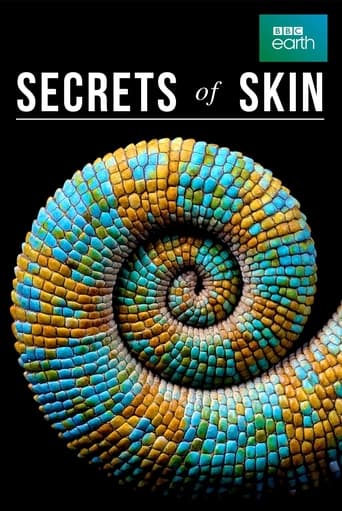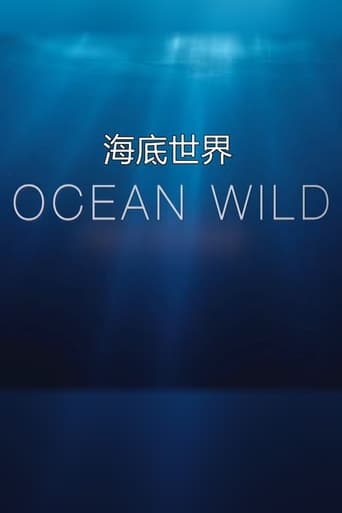Wild Ones (2014)
Who is the King? TV series finds inspiration in the rhythms of nature as shown through the wonders of the animal kingdom. It explores different aspects of animal behavior, including hunting techniques and feeding habits, family elationships and defense mechanisms, courtship and mating rituals.
...
Watch on Prime Video
Stream Now
With 30 Day Free Trial!
AD:This title is currently not available on Prime Video
Wild Ones
2014 / TV-PGSeasons & Episode
1
Who is the King? TV series finds inspiration in the rhythms of nature as shown through the wonders of the animal kingdom. It explores different aspects of animal behavior, including hunting techniques and feeding habits, family elationships and defense mechanisms, courtship and mating rituals.
READ MORE
Watch Trailer
Free Trial Channels
AD
Show More





